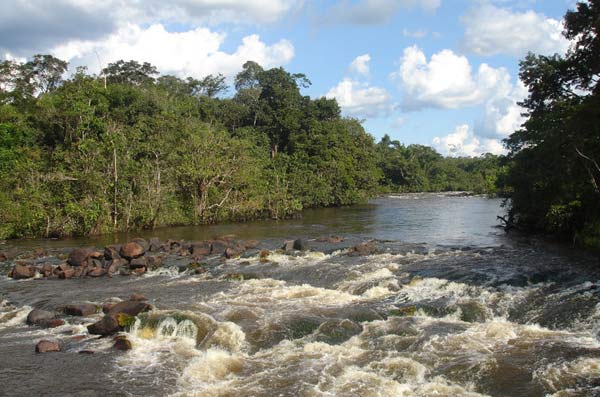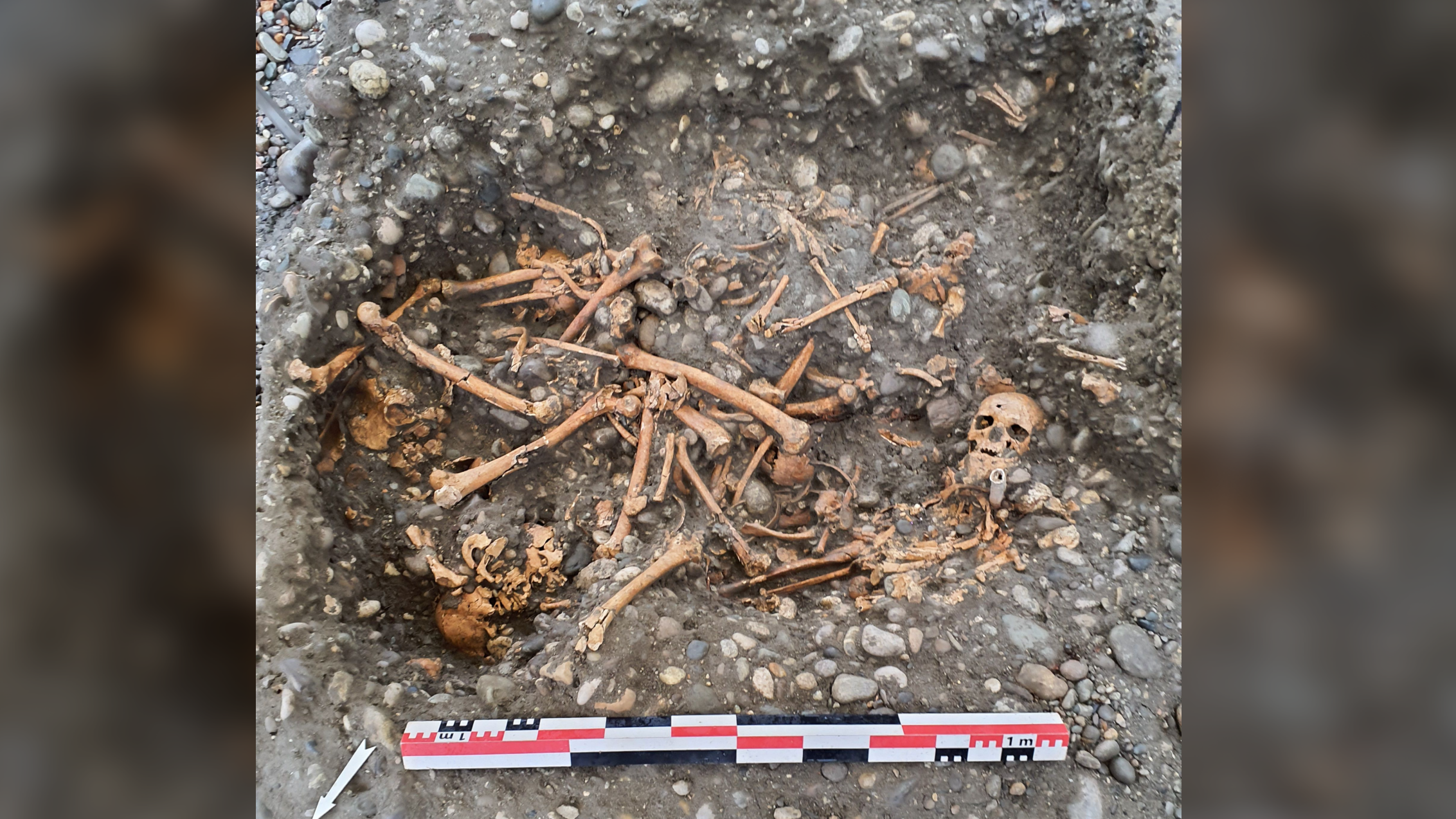Finding Hope, Adventure Deep Within the Amazon Rain Forest

If asked to compile a list of careers that offer old-fashioned thrills, one might say archeologist (Indiana Jones), or perhaps ship captain (Jack Sparrow). But geographer?
Enter Robert Walker, a professor of geography at Michigan State University (MSU), and a scientist whose South American exploits lend his rather stuffy-sounding profession a glamorous luster.
Walker's research into land use and its effects requires several trips a year down to Brazil, where he tracks changes in the Amazonian rain forest. Specifically, he studies how roads, many of them built by loggers, are breaking up the forest.
He's also looking for evidence of what scientists call the Amazon's "tipping point" – a moment when so many trees have been killed that the ecosystem can no longer sustain itself, sparking a massive die-off of the entire rainforest.
Walker said the Amazon is essentially an enormous water-recycling system; the trees provide the medium for the interchange of moisture between surface waters and the atmosphere.
"The trees are pumps," Walker said. "If you lose the trees, it's like taking out one of the middle pieces — if you take out enough of them, you break the feedback loop."
Some research indicates this deadly domino effect could begin when as few as 30 percent of the Amazon's trees disappear. Since logging and other human interference has already destroyed between 17 percent and 18 percent of forest in the Amazon's east, Walker and two Brazilian colleagues set off on a 10-day trek along the remote western Transamazon Highway to see if illicit logging had moved into the area. If so, the tipping point could loom far closer than previously thought.
Get the world’s most fascinating discoveries delivered straight to your inbox.
The Transamazon Highway winds from east to west through the Brazilian interior, following smaller tributaries that snake their way toward the massive Amazon River. Walker, along with Eugenio Arima, assistant professor at Hobart and William Smith Colleges in upstate New York, and Ritaumaria Pereira, an MSU doctoral candidate, followed the 700-mile (1,100-kilometer) section of the road to its abrupt end, at the tiny, isolated town of Labrea.
During their journey down the dirt track, the team encountered jaguars, a hidden gold mine, indigenous settlements, angry loggers and surprisingly dry weather. [See pictures of Walker's journey.]
Despite discovering mining and illegal logging, Walker said the expedition revealed encouraging evidence that, in many cases, Brazil's government is successfully defending the rainforest from further devastation.
"We were happy to see there were a lot of instances of enforcement of environmental law," Walker said – though he warned that positive developments are no excuse for complacency.
"We're not out of the woods yet," he said. "But there are good stories out there."
- Illegal Logging Down, New Report Reveals
- Amazon Storm Killed Half a Billion Trees
- The World's Longest Rivers
This article was provided by OurAmazingPlanet, a sister site to LiveScience.


